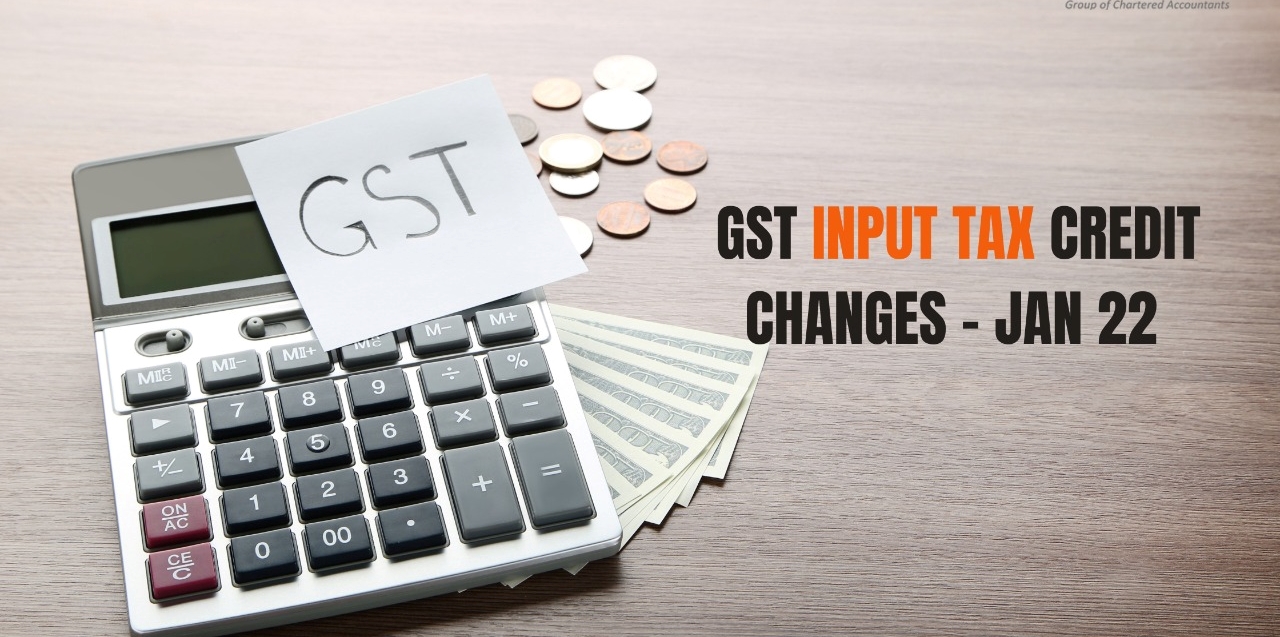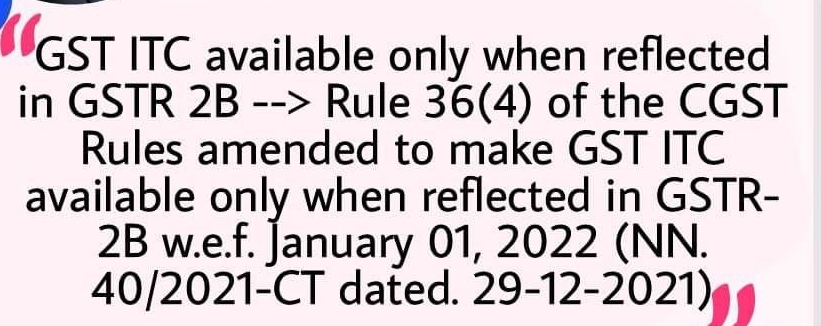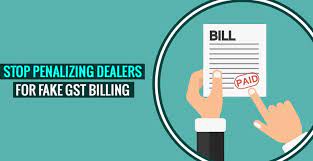GST Changes on ITC will Impact Company Cash Flow
Page Contents

GST Changes on ITC will Impact Company Cash Flow
- With the implementation of recent revisions to the law, matching of ITC under the GST Tax became more complicated and costly for taxpayers on Jan. 1. U/s 16 of the CGST Act, 2017,
- A critical adjustment was made, requiring the supplier to file a return and communicate that filing to the recipient in order to receive credit. While this may appear to be a straightforward task, in the lack of a proper credit-matching feature on the GST site, the recipient taxpayer has been forced to go through nightmares in order to complete the matching process flawlessly.
- The new indirect tax was introduced in 2017 with the promise of automatic credit matching on the GST system, but this was never implemented.
- The revision will have a major impact on a taxpayer’s ability to obtain credit based on invoices received in its books, and it will also have a negative impact on cash flows due to the introduction of GSTR-2B under Rule 36(4) whenever a vendor fails to file a GST Return on schedule.
The Input tax credit Twist in 2022,

- A change to Section 16 of the CGST Act took with effect on January 1. That change offers Rule 36(4) legislative support, putting an end to the contention that it is unconstitutional. It also specifies which Form should be used for the matching exercise (GSTR-2B or GSTR-2A).
- The GST law grants GST Tax authorities a powerful mechanism to reject Input tax credit if the invoice is not reported by the supplier in its GSTR-1. Rule 36(4) has also been changed to allow only matched credit to be given to the receiver, with the previous provision allowing a specific amount of unmatched credit being eliminated.
Consequences For Taxpayers
The following points should be taken into consideration:
- With effect from January 1, 2022, taxpayers will no longer be able to claim ITC unless their respective suppliers have submitted their returns on time [as opposed to the previous position, when either it was legally arguable or some ITC was allowed under Rule 36(4)]. GSTR-2B is a static document that is created one day after the GSTR-1 due date (i.e., 12th of every month).
- As a result, a taxpayer’s qualified credit is determined and locked on the 12th, while the actual credit availment and subsequent tax payment is due on the 20th (i.e., the due date of filing GSTR-3B). As a result, any late submission by a supplier between the 13th and the 20th of the month will not be shown in GSTR-2B to the taxpayer in that month.
- Next Steps In the meantime, how can taxpayers protect themselves from credit refusal, interest, and penalties? Clearly, taxpayers must put a priority on reconciling ITC with GSTR-2B on a monthly basis. This will not be a simple task, given the volume of data involved and the kind of errors that have been observed when performing such reconciliations.
- There is a need for substantial automation that automates such reconciliation and reduces errors. Actions such as delaying payment of GST until it appears on GSTR-2B, taking prompt action against defaulting suppliers, modifying contracts to recover GST at a later date, and maintaining a vendor rating for vendors through automation are just a few of the critical steps that taxpayers should examine.
Power cut may lead to ITC cut

- News these days is saturated by power failures and shortages. According to reports, there will be a lot of load shedding in the following days, possibly even during business hours. As a result, it’s possible that the GST Return Filer will be unable to file the return even though the deadline has passed.
- The customer will not receive the input tax credit if the GSTR 1 Return is not filed by the due date, which will harm your business connection and our partnership. As a result, the data from GSTR 1 must be provided immediately.
If the supplier is discovered later to be a fake, ITC cannot be denied to the buyer for a genuine transaction: The High Court

The petitioner claims that the status of the supplier was valid on the Government Portal at the time of the transaction, and that the buyer cannot be penalised if the supplier’s registration is later terminated retrospectively by the GST department.
